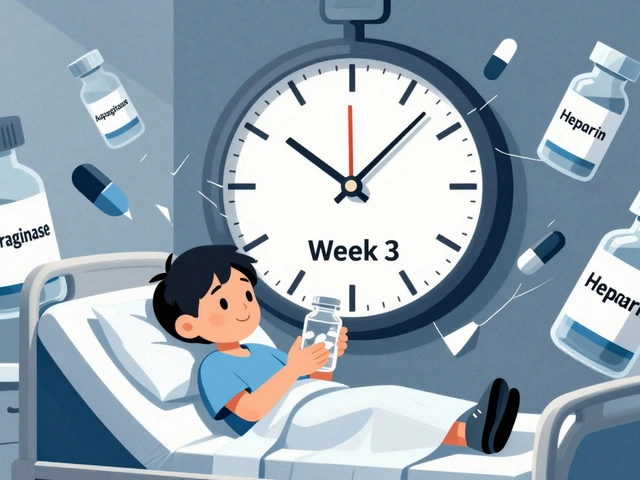Pain Medication Comparison: Guide & Insights
When tackling pain medication comparison, the process of evaluating different pain‑relief drugs side by side to identify the most suitable option for a specific condition. Also known as analgesic comparison, it helps patients, doctors, and pharmacists cut through marketing hype and focus on real effectiveness, safety, and cost. A solid pain medication comparison saves money, reduces trial‑and‑error, and speeds up recovery.
Why Compare Pain Medications?
Effective pain medication comparison requires a clear picture of three major drug families: NSAIDs, non‑steroidal anti‑inflammatory drugs that block prostaglandins to lower inflammation and pain, opioid analgesics, prescription opioids that bind to central nervous system receptors for strong pain relief, and topical anesthetics, creams or patches that numb localized pain without systemic side effects. Each class brings its own benefits, risks, and cost profile, so understanding the differences is the first step in a smart comparison.
Another essential piece is the generic medication, a chemically identical copy of a brand‑name drug that offers the same therapeutic effect at a lower price. Pairing a generic’s affordability with a brand name’s reputation can tip the scales when you weigh options. For instance, comparing a brand‑name ibuprofen with its generic counterpart often reveals negligible efficacy gaps but major price savings. Likewise, contrasting brand name drug, the original product marketed under a trademarked name, with its generic version helps you decide if the premium is worth the perceived extra quality or convenience.
Choosing the right analgesic influences recovery speed, daily functionality, and long‑term health. A well‑matched NSAID can control arthritis flare‑ups without the sedation linked to opioids, while a carefully monitored opioid may be the only option for severe post‑surgical pain. Meanwhile, topical options spare you from systemic exposure and are ideal for joint or muscle aches. By aligning the drug’s pharmacology with the patient’s health status, lifestyle, and budget, a thorough comparison turns confusion into confidence.
Our collection below reflects this practical approach. You’ll find side‑by‑side breakdowns of popular pain relievers, step‑by‑step guides on buying cheap generics safely, and clear tables that rank drugs on effectiveness, side‑effects, and cost. Whether you’re looking for a budget‑friendly chronic pain solution or need to understand the risks of a new prescription, the articles ahead give you the data you need to make an informed choice without the guesswork.
Ready to dive into the specifics? Browse the posts to see real‑world comparisons, safety tips, and pricing advice that put you in control of your pain management journey.

Diclofenac SR vs Other NSAIDs: Detailed Comparison & Alternatives
A thorough side‑by‑side comparison of Diclofenac SR and top NSAID alternatives, covering effectiveness, risks, costs, and best‑use scenarios for informed pain‑management decisions.
read more




